New York Jets players should be given more autonomy on the field
Well, it was fun while it lasted.
The jubilation surrounding the New York Jets and their fans after Week 2’s improbable comeback win over the Cleveland Browns came to a screeching halt on Sunday when the Jets lost 27-12 at home to the Cincinnati Bengals.
In classic Jets fashion, the team came out lacking energy and sleepwalked their way to an ugly loss.
The Joe Flacco-led offense that scored 31 points the week prior was held without a touchdown, and the defense let Cincinnati convert its first five third downs of the game, as well as allowing Cindy’s highest point total of the season so far.
After such a crushing loss, blame has been thrown around in all directions by fans and the media alike, all to varying degrees of accuracy.
Flacco has faced criticism for his immobility and lack of awareness in the pocket. The patchwork offensive line has been chastised for consistently poor blocking in both the run and pass games. The defense, and specifically defensive coordinator Jeff Ulbrich, have been roasted for allowing at least 24 points in each of the first three games.
But like most things in the NFL, it all starts at the top.
Head coach Robert Saleh has crafted his coaching style, his staff, and his roster around a set of core philosophies that he believes will lead Gang Green to consistent success.
However, after 20 games at the helm of the Jets, it’s clear one of Saleh’s core philosophies is doing more harm to the team than good.
Saleh prides himself on making things as simple as possible for his players; too simple in fact.
He believes that players are at their best when they can think less and react more. In essence, more thinking will inevitably lead to more doubt, and more doubt will lead to mistakes.
“We don’t want them thinking” has been a commonly uttered phrase in Saleh’s press conferences since he took over as New York’s head man, usually in response to being asked about his “keep it simple, stupid” mantra.
In theory, Saleh’s ideology makes sense. The NFL is a game of inches where every second counts and players can’t afford to waste time thinking about what they’re supposed to do.
That said, players are paid to be more than just athletes, and can and should be using their brains just as much as their bodies.
Tempers even reached a fever pitch on Sunday when defensive tackle Quinnen Williams got into a heated argument with defensive line coach Aaron Whitecotton, with the disagreement centered around a difference in opinion on how to stop the Bengals’ offense.
#Jets Quinnen Williams nearly went to blows with a coach on the sidelines 👀👀pic.twitter.com/I17BeoHNXJ
— Dov Kleiman (@NFL_DovKleiman) September 25, 2022
Speaking after the game, Saleh attributed the argument to Williams telling Whitecotton the Jets needed to stop blitzing and trust their four-man rush to get the job done. However, whether Williams was correct or not is irrelevant (spoiler alert: he was), because there’s nothing he or any other player could’ve done to change the plan themselves.
As it currently stands, neither the Jets’ offense nor defense is allowed to change any of their coaches’ play calls at the line of scrimmage, even if said calls are destined for failure before the snap.
While it’s smart not to overload players with information, asking them to simply execute the call without any freedom to make changes when they believe a change is necessary is damaging to their play on the field.
While far from the only reason, New York’s lack of autonomy was a critical factor in their recent loss to Cincinnati, with a glaring example coming on both the first and last drives of the game.
Jets allow a 22-yard completion to Tyler Boyd on 3rd & 8
In what would be a sign of things to come, the Jets’ defense allowed three backbreaking conversions in third and long scenarios on the Bengals’ first offensive drive, which eventually lead to a Bengals’ touchdown.
The trio of plays were all bad reps in their own rights, but none were worse than Cincy’s second conversion of the drive, a 19-yard completion to Tyler Boyd on third and eight from New York’s 26-yard-line.
As has been their strategy for the entirety of Saleh’s tenure, the Jets are blitzing and playing man coverage on third and long. The Bengals, needing a chunk play to keep the drive alive, come out in a three-by-one (three receivers to one side of the field, one on the other) set.
When Bengals quarterback Joe Burrow first gets to the line, he sees three Jets defenders over his three receivers on the right, an indication of man coverage. However, receiver Tyler Boyd motions from a far slot alignment to a tight slot alignment before the snap, causing the Jets to rotate, and the picture to change for Burrow.
After Boyd motions inside, free safety Lamarcus Joyner drifts to the deep middle of the field, rather than follow Boyd inside as he would if he was covering Boyd in man as the pre-snap look appeared to suggest. With Joyner now deep, the Jets are left with two defenders over three receivers and a seemingly wide-open gap over the intermediate middle of the field.
Leaving a talented receiver like Boyd uncovered on third down doesn’t seem like a sound idea, but the Jets are actually trying to lay a trap.
The Jets want Burrow to see the open space over the middle and to tell Boyd to run a slant, where linebacker C.J. Mosley will be waiting to intercept the pass after dropping out of his mug alignment (showing blitz over the center or guards) and into the throwing lane.
New York had a good idea on paper – bait Burrow into a bad throw with an intentionally bad look on defense – but the problem in practice was the execution.
The Jets would’ve had a perfect defense in place if Boyd did run a slant, but Boyd ran a deep out-route instead, and the Jets got caught with their hands in the cookie jar.
Fooling a cerebral quarterback like Burrow is always easier said than done, and this time was no different.
Burrow knew from the start that the Jets would never intentionally leave Boyd uncovered, especially on third down in the red zone, and that one of the linebackers showing blitz would likely drop out to pick up Boyd over the middle.
Burrow also knew that Boyd wasn’t running an in-breaking route, and would have a major leverage advantage over whichever linebacker attempted to cover him. Even if no linebackers dropped to cover Boyd, Burrow knew the only defender left to pick him up would be Joyner, who was too far deep to make a play on the ball or tackle Boyd before he got the first down.
After the snap, Burrow spots Mosley dropping out, just as he expected, and knew all he had to do was wait for Boyd to break outside for an easy conversion. Mosley had no shot to make a play on the ball after starting so far inside, and Boyd was able to catch the ball in stride and run all the way to the Jets’ 4-yard-line.
As I said before, the idea itself wasn’t the problem, it was the execution.
Leaving Mosley on an island against Boyd in this scenario was a recipe for disaster. The Jets took a risk that Boyd would run the one route they were hoping to bait him into, and if he ran anything else, as he inevitably did, they would give up an easy first down.
If Mosley were allowed to call audibles, he could’ve recognized that Burrow never signaled for Boyd to run a different route at the line, and barring the small chance that Boyd was already set to run a slant to start with by sheer coincidence, a different route was likely coming.
There wasn’t enough time for Mosley to signal the whole defense and change the play entirely, but he could’ve signaled Joyner to come down and form a bracket on Boyd, with Mosley covering the inside and Joyner covering the outside.
Since the Jets don’t allow their players to make pre-snap adjustments, the play went on as it was called in the huddle, and as a result, New York gave up a big play on third down that led to a touchdown a few plays later.
Sadly, Mosley likely didn’t even notice Burrow’s lack of audible himself. He knows he isn’t allowed to change the play even if he is tipped off to what’s coming, so why bother? Instead, he likely focused on timing his drop and being ready to pick up Boyd over the middle, since that’s all was required of him on that particular play.
Make no mistake, this play call was far from an awful design and was a reasonable idea given the circumstance. It was merely a case of the wrong call at the right time.
However, that’s when player autonomy matters the most, during the handful of times a game when the coaches make a bad call and the players have to be trusted to right those wrongs themselves.
New York would go on to spend the rest of the afternoon hamstrung by their lack of adjustments, even up until the very last play of the game.
Joe Flacco throws an interception on 4th & 1 to seal the Bengals’ win.
At this point in the game, facing fourth-and-one down 27-12 with 61 seconds left in the fourth quarter and no timeouts remaining, a win for the Jets was most likely out of reach (although after the week prior in Cleveland, fans may have been more hopeful than usual).
Regardless, New York was only down two scores and a second miracle comeback in a row was still possible if they could first manage to score a touchdown.
Rather than relive last year’s unexpected win over Cincinnati, quarterback Joe Flacco threw an interception to Bengals safety Jessie Bates and the game ended a short time later after some Bengal kneel-downs.
Worst of all, the Jets were given a free first down at least, and possibly a free touchdown by the Cincy defense, and the Jets offense outright ignored it.
The Jets came out in a shotgun set with three wide receivers, Corey Davis, Braxton Berrios, and Elijah Moore, aligned to Flacco’s left, with running back Breece Hall and tight end C.J. Uzomah to Flacco’s right. The Bengals are showing zone coverage with a linebacker over Moore on the left, and a cornerback over Uzomah on the other side.
As soon as the Jets get to the line of scrimmage, it’s clear that Davis has an opportunity for a huge play.
Cornerback Eli Apple is aligned roughly nine yards off from Davis with inside leverage, leaving a potential quick route to the sidelines wide open.
Despite the free conversion on the sideline, the Jets run their original play call, a slant to Davis with Berrios and Moore clearing out space, and Hall running an angle route as a check-down.
Remember, the Jets have no timeouts and need two scores to tie the game. Converting the first down but getting tackled in bounds and keeping the clock running does little to help their chances, yet the Jets have three of their five eligible receivers clustered over the middle of the field anyway, with three Bengals waiting to close in.
Luckily for Cincy, their defense didn’t even need to survive another set of downs as Flacco would throw too high for Hall, causing Hall to tip the ball in the air as he tried to sky up for the catch, where it landed in the waiting arms of Bates to seal the victory.
This play in particular is especially maddening, not only because of the bad throw from Flacco but because said bad throw didn’t even need to happen.
Flacco is in his 15th year in the NFL. He should know as well as anyone that Davis has a guaranteed first down based off of Apple’s alignment alone, and a possible touchdown if Davis can break one tackle down the sideline.
But like Mosley before him, Flacco never even considers changing the play at the line, since he knows he isn’t allowed to anyway.
If Flacco had the freedom to make audibles, he would’ve seen the cushion Apple was giving Davis and signaled for Davis to run a quick-out and to be ready to get the ball as soon as it was snapped. Davis would’ve caught the ball with more than enough room to get the first down and get out of bounds, and even possibly score if he broke Apple’s tackle or simply beat him to the endzone.
Joe Flacco and C.J. Mosley are experienced veterans who understand football as well as anyone in the league. If even they can’t be trusted to make small adjustments at the line of scrimmage, then who can?
The Jets’ coaches don’t need to let Flacco and Mosley call their own plays like Peyton Manning or Ray Lewis, but they do need to give them the freedom to freelance and let their instincts take over. No human being is perfect, coaches included, and players need to be allowed to cover up their coaches’ mistakes every once in a while.
NFL football is the ultimate team sport and it requires a collective effort from everyone involved to be successful. The burden of thinking shouldn’t rest solely on the coaching staff’s shoulders, the players should be welcomed and expected to contribute their football knowledge too.
Most egregious of all, the Jets were given a shining example last season of how allowing their players more freedom to think will benefit them, but the lesson seems to have been missed entirely.
Jets/Titans 2021
Robert Saleh got his first-ever win as a head coach in Week 4 of last year, a 27-24 overtime thriller against the Tennessee Titans, and it wouldn’t have happened without some heroic improvisation from none other than C.J. Mosley.
To explain just what Mosley did, and why he did it, we have to go back to the Titans’ second offensive drive, and an inconspicuous yet vital third down.
It’s third-and-four from the Titans’ 22-yard line. Tennessee breaks the huddle and lines up in a two-by-two set (two receives to each side). New York is showing man coverage with two cornerbacks over each set of receivers.
The Titans motion receiver Nick Westbrook-Ikhine across the formation, creating a 3-man-bunch to the left of Titan’s passer Ryan Tannehill. Cornerback Javelin Guidry follows Westbrook-Ikhine to the other side of the field as he motions, confirming the man coverage look for Tannehill.
Just before the ball is snapped, the Jets creep into their shell and reveal their plan, a Cover-1 (one deep safety, man coverage underneath) look with cornerback Bryce Hall blitzing off the edge.
Tennessee has a man-beater called, a slant to receiver Josh Reynolds, the far man in the bunch, with the two other wide-outs, Westbrook-Ikhine and Chester Rogers, clearing out space for Reynolds inside. Cornerback Brandin Echols gets caught with outside leverage due to the bunch alignment, and thanks to the clear-outs, Reynolds can easily break inside and pick up 11 yards.
Reynolds would go on to add another first down conversion on a slant from the same formation on the Titans’ opening drive of the second half. Once again, Tennessee started in a Two-By-Two before motioning to a bunch set, and once again, New York played man coverage and got burned.
The Titans would try to go back to the same bunch-slant well one more time with the game tied midway through the fourth quarter, facing a third and six from their own 29-yard-line.
The Jets originally had the same man coverage look called as before, but this time, C.J. stepped in and did something Saleh had never seen before.
Knowing his defense was about to be put in another no-win situation on third down, Mosley went above his coaches and directed the defense into a new play, checking out of their prior man coverage blitz and into a Cover-3 zone.
As soon as Mosley spotted Westbrook-Ikhine motioning across the field, he knew that the bunch slant was coming and that the Jets were not in the correct defense to defend it. Rather than stand by and watch as his defense surrendered a possibly game-losing third down conversion on the same play they had already been beaten by twice, Mosley trusted his instincts, experience, and football IQ to take a calculated risk, directly going against his coaches’ orders in the process.
Tannehill wasn’t expecting the check and froze at the top of his drop, providing just enough time for defensive tackle Sheldon Rankins to get pressure before the aforementioned Quinnen Williams played clean-up and brought Tannehill down for a sack.
The Titans would be forced to punt, and on the very next play, rookie quarterback Zach Wilson would launch a 53-yard touchdown bomb to Corey Davis to give the Jets the lead, their first of the season to that point.
After the game, Saleh explained that players in their system aren’t allowed to check into new plays at the line and that Mosley had done something no other player he had coached had ever done before by doing it anyway.
Instead of scolding Mosley, Saleh praised him for making the right move, even if he was furious at first. “He got us into another defense and the entire sideline, all of us coaches were like, ‘What is he doing? What is he doing?’ We’re just yelling at the linebacker coach and he got us into the perfect play call and we got a sack because the quarterback hitched. I was like, ‘Well, that’s why he’s an All-Pro'”.
Yes, Robert Saleh, that is why C.J. Mosley is an All-Pro, not solely for his athletic gifts, but for his mental gifts as well.
If Saleh earning his first win as an NFL head coach off the backs of one of his player’s thinking wasn’t enough to change his philosophy even a little bit, I’m not sure what will. But whether Saleh wants to or not, things have to change.
The Jets have shown time and time again that their simplistic defensive schemes, while easy to understand for their defenders, are even easier to understand for opposing offenses. Meanwhile, their offense has been handicapped by the lack of attention paid to matchups pre-snap and instead locks itself in a cage of “progressions” where quarterbacks have no choice but to trust that if they go through their reads fast enough, someone will be open.
The only somewhat-logical argument for keeping things simple is the risk of players getting it wrong, but quite frankly, if that is the argument, I don’t see any real argument at all.
The Jets have played plenty of games during Saleh’s tenure where the players did nothing but execute the scheme, and all but five of those games, four if you don’t count Tennessee in 2021, have been losses.
Based on past results, what do they have to lose?
At this point, the overwhelming commitment to systems and ideologies that treat players like robots once they step between the lines is going beyond just hindering those players’ product on the field, and is almost at the point of insulting their intelligence. These players deserve the chance to prove that they can be trusted to handle last-second adjustments, and not allowing so to this point is coaching malpractice.
Sometimes in the NFL, a quarterback has to go above his offensive coordinator and take advantage of a receiver with a nine-yard cushion on fourth and one. Sometimes in the NFL, a middle linebacker has to check to a new play to save his defense from a disaster only he sees coming.
Sometimes in the NFL, you have to let your players think for themselves.

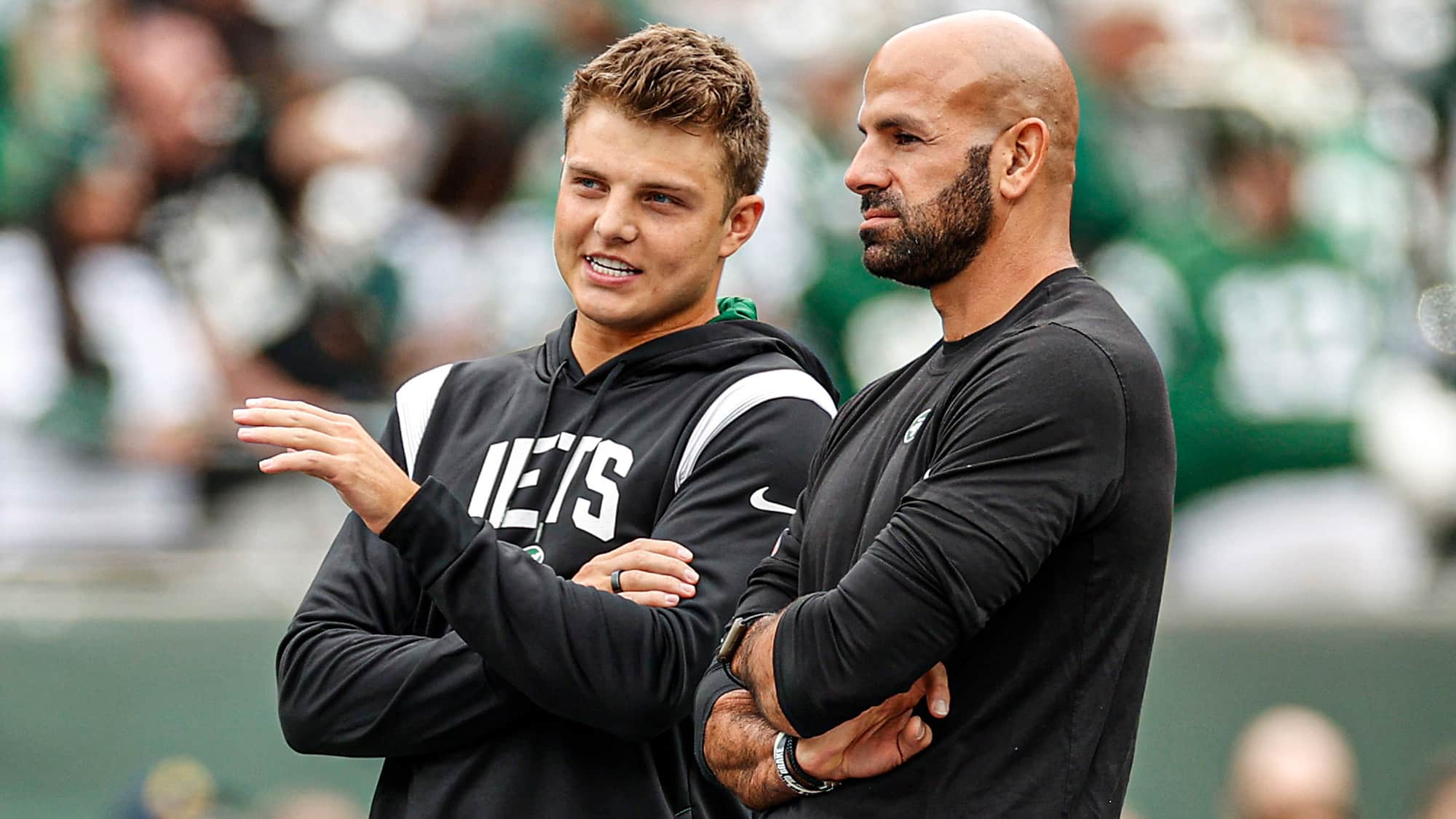



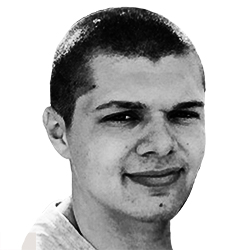


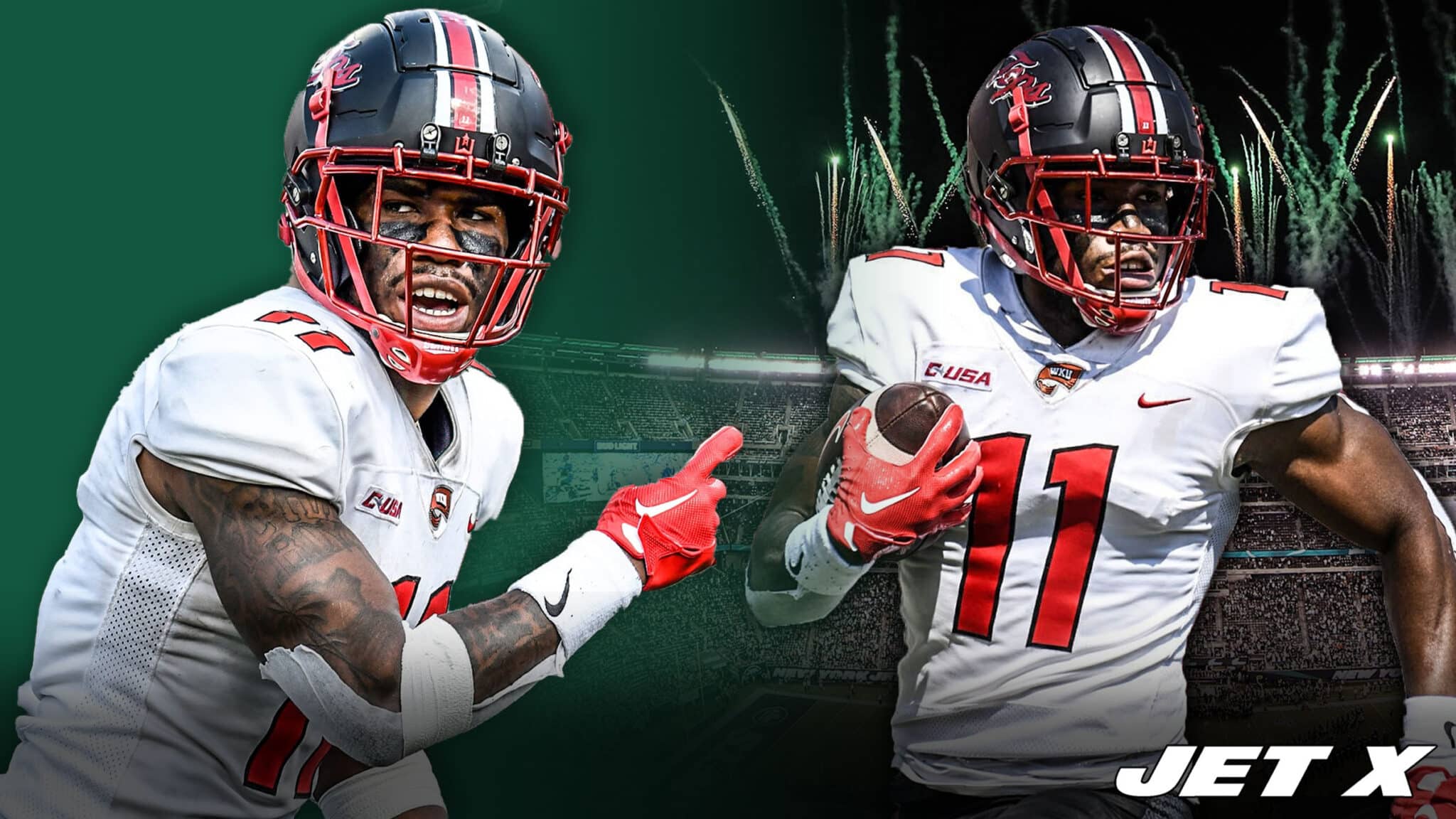
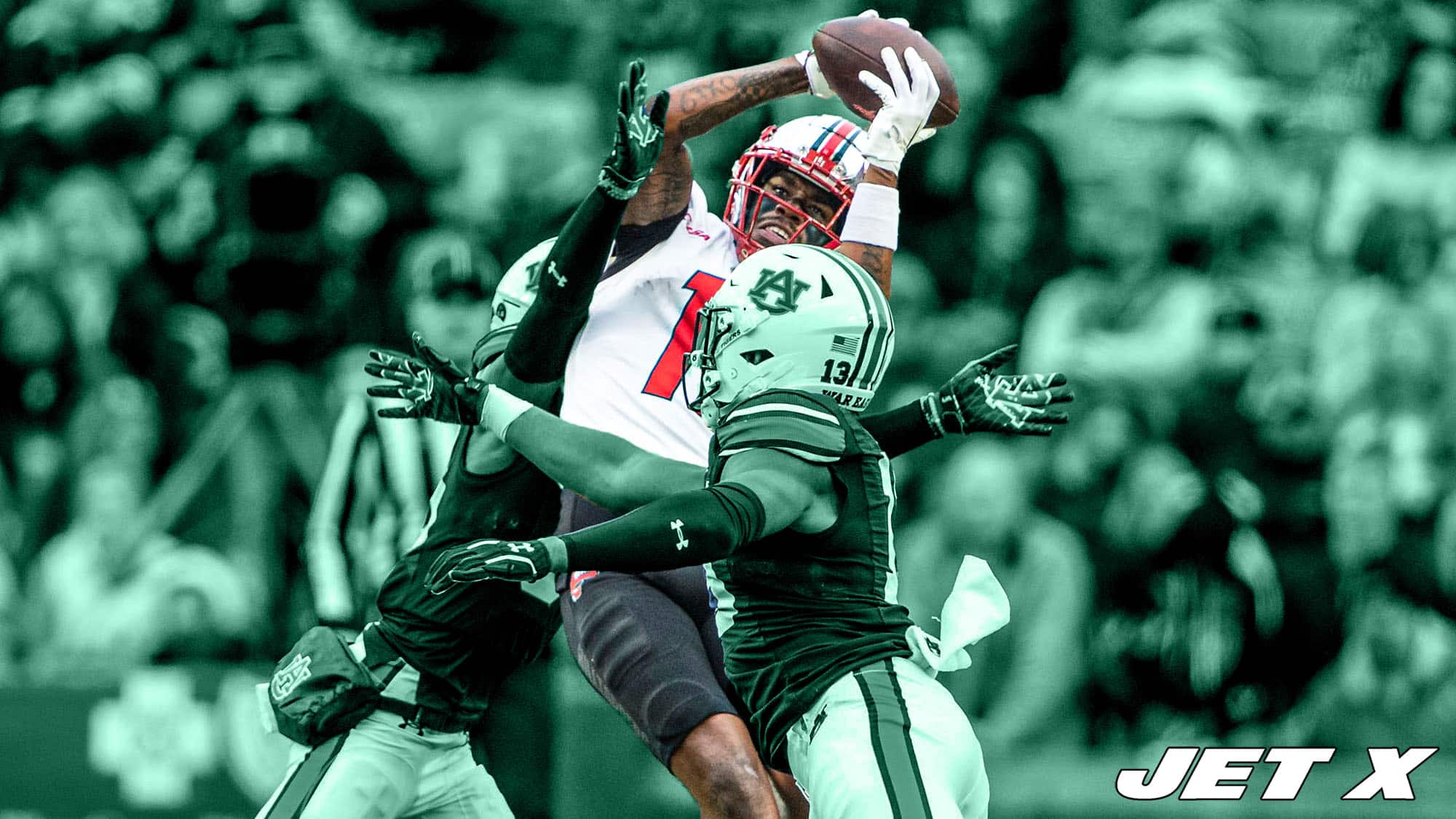
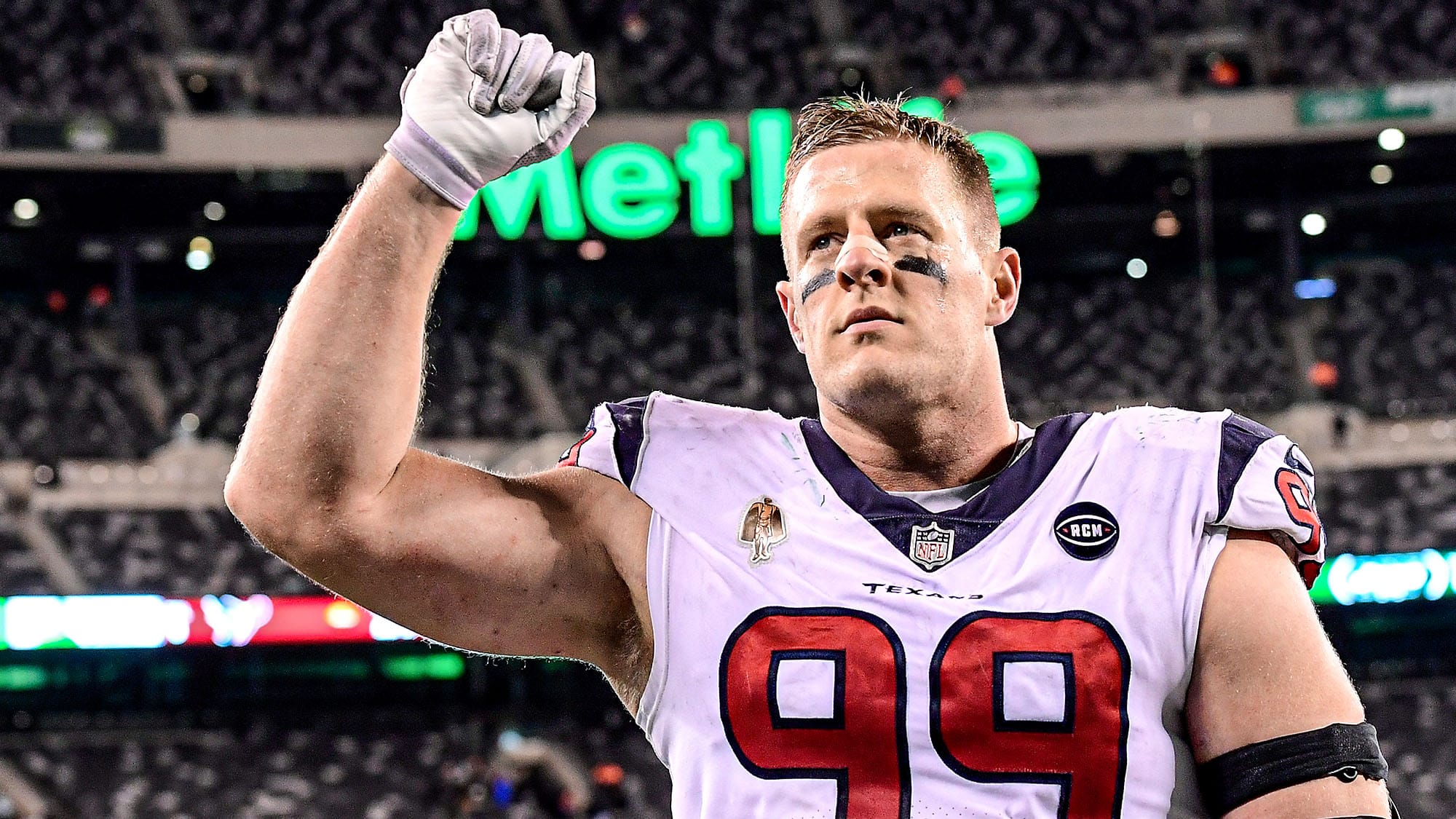

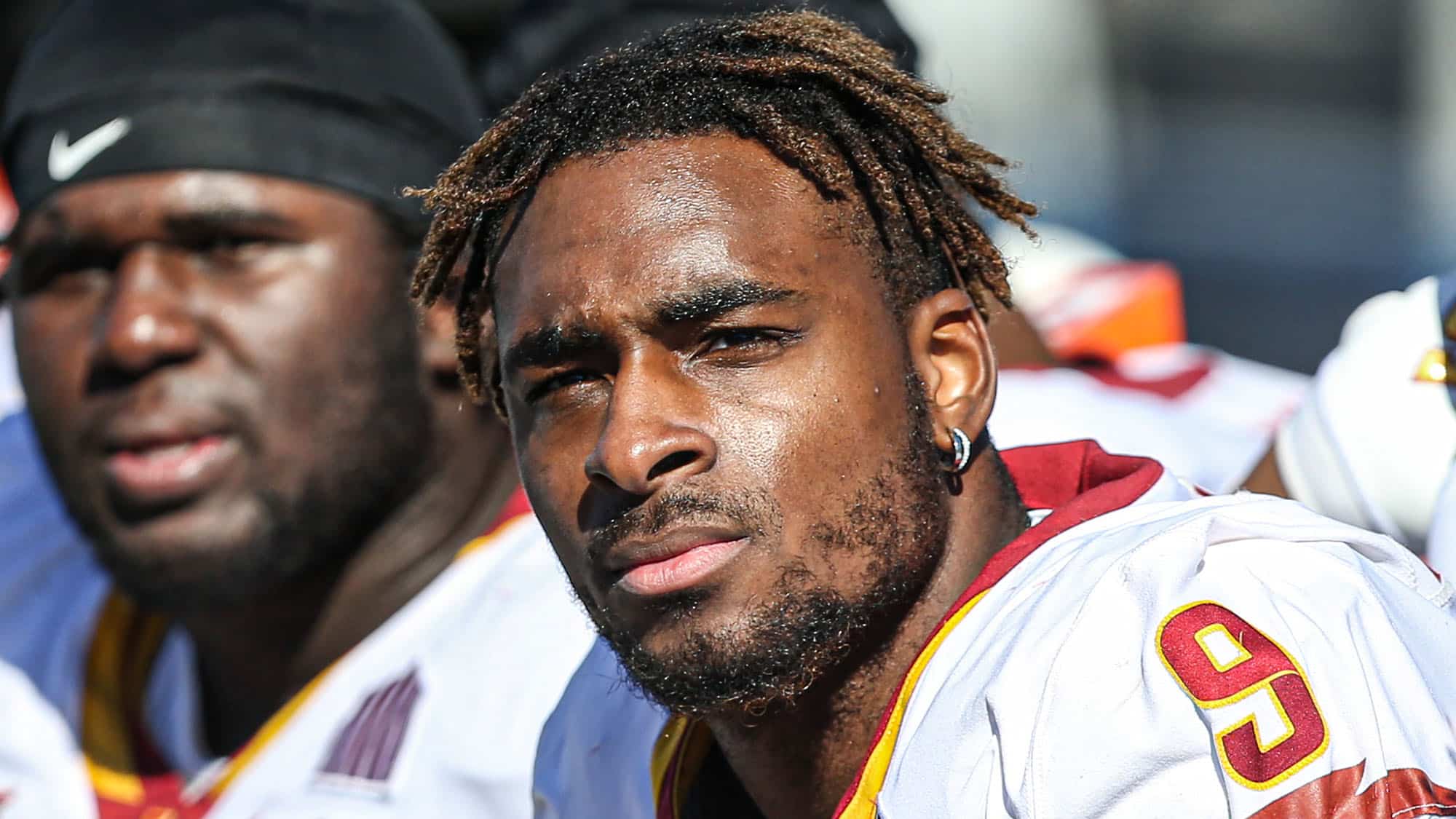
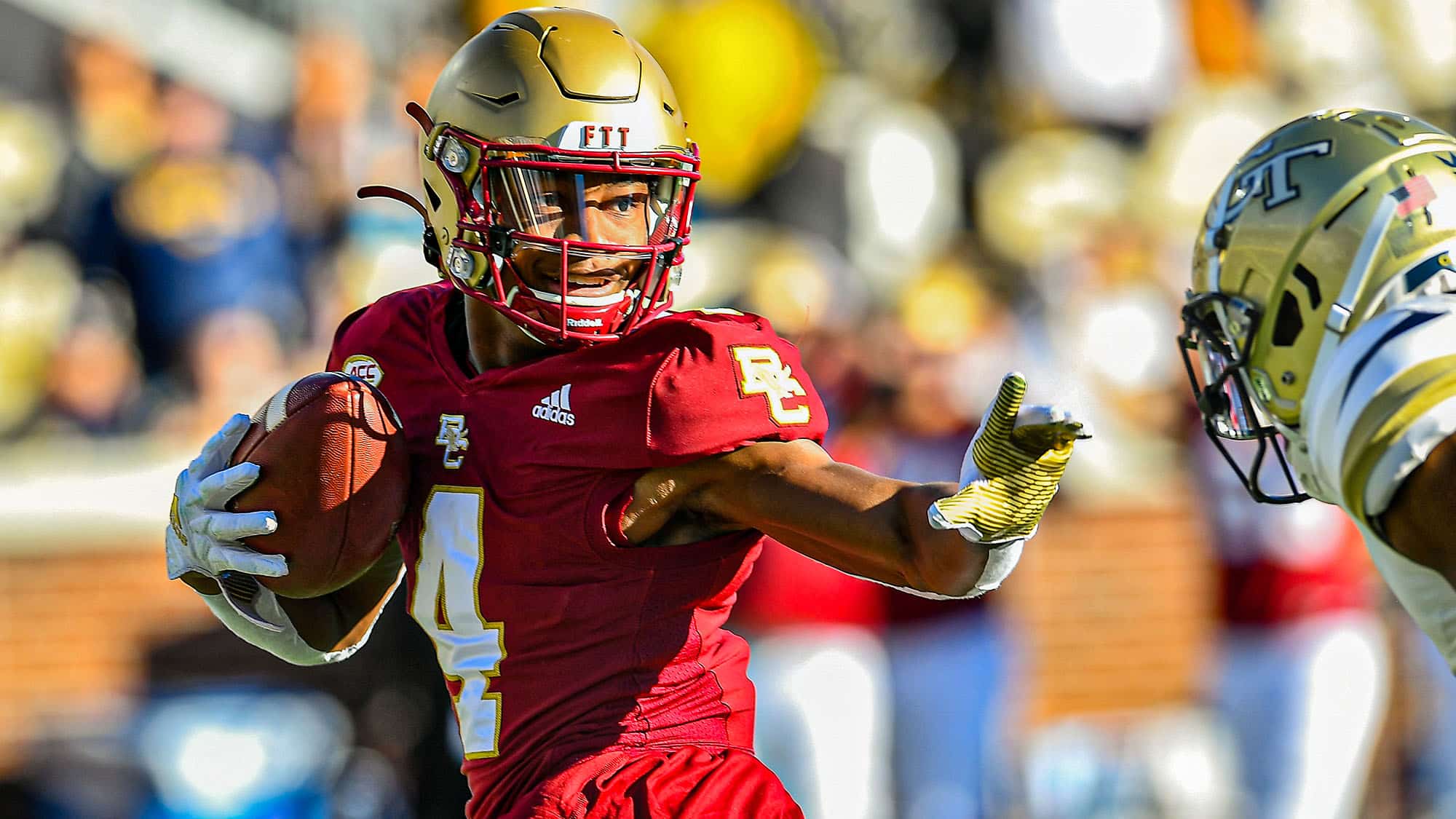
This issue is beyond maddening to me. Are coaches that basic that they are unwilling to deviate when it is clear their plan isn’t working? We’ve seen it countless times before with other HCs. Quinnen Williams sits so that a “fresher” Nathan Shephard can provide a better chance for the defense? With the amount of losses these guys have piled up, it’s beyond me that a tenured player like Mosely doesn’t put a stake in the ground and tell them they WILL change. We’ve watched decades of bad football as Jet fans, but on D, this defense since Saleh came on board is the worst display of ineptitude that I have ever seen. Dan Quinn running an ostensibly similar “system” in Dallas gets way more out of his play calling.
Interesting angle. It fits with Saleh’s use of personnel on the defensive line as interchangeable parts who are rotated in and out on the premise that it makes no difference who is playing. But this means a great player like Quinnen Williams is losing snaps to a mediocre one like Nathan Shepherd. It’s not working! Saleh’s ship be sinking.
Completely agree, these are professionals who get paid to think. They should have some freedom to make calls.